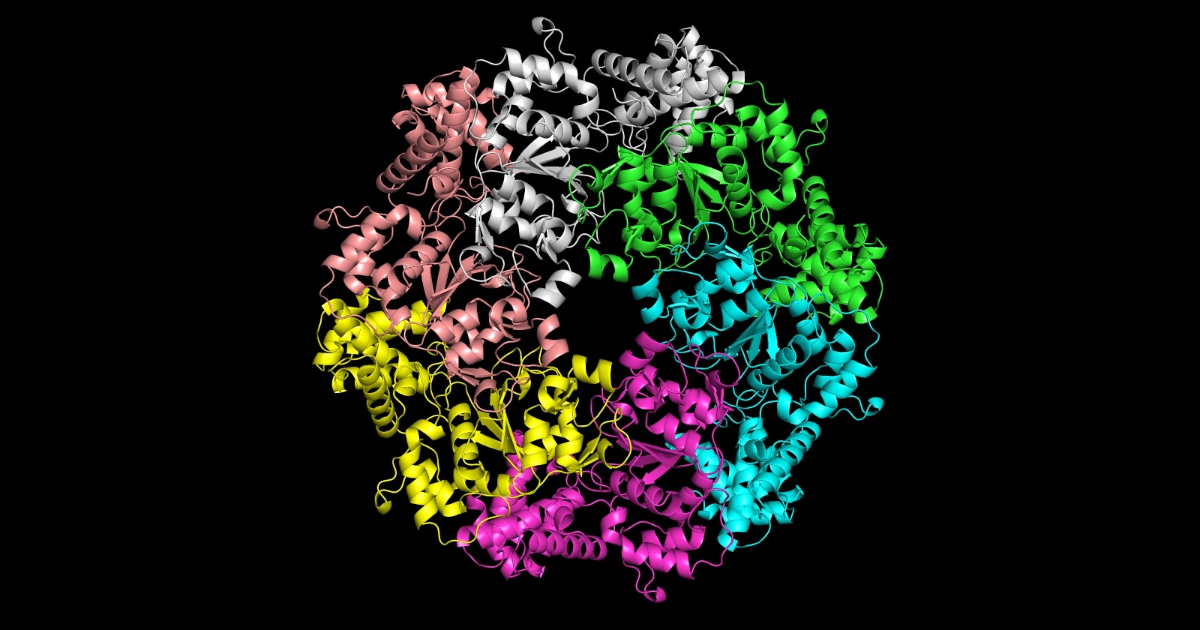
Microsoft’s AI for Good Lab has created Seq2Symm, an open-source AI device that helps scientists decide the 3D shapes of sure proteins, together with these present in viruses.
Seq2Symm makes use of AI to foretell a protein’s 3D form and construction from a one-dimensional sequence. The device might assist researchers higher perceive ailments, develop medication and vaccines, and create extra sustainable supplies.
Juan Lavista Ferres, CVP and chief information scientist, and Meghana Kshirsagar, senior analysis scientist and lead researcher on the undertaking, sat down with MobiHealthNews to debate Seq2Symm and the way it might affect healthcare and extra.
MobiHealthNews: Are you able to inform me about Seq2Symm?
Juan Lavista Ferres: Generally, we all know that proteins, significantly the symmetry of proteins, are crucial. Proteins are necessary, from areas like drug discovery to vitality. Quite a lot of the issues we do as a dwelling organism rely upon proteins. So, having an understanding of proteins and the design of those proteins helps lots of researchers, and a elementary side of that’s understanding the symmetries.
Till now, till this discovery, there have been methods to attempt to predict the symmetry, however it was not very, like, you can not do it very quick. So, the entire thought of those fashions…the primary contribution is the truth that now we will do this side a lot sooner. If we will do this a lot sooner, we’ll assist researchers do their work a lot sooner. So we will expedite the analysis discovery.
Meghana Kshirsagar: Juan is true in that the primary contribution of this work is on understanding buildings of proteins, of a sure sort of proteins, which comprise lots of repeating items and these are referred to as homo-oligomers. These are crucial as a result of they seem in lots of dwelling organisms. So, for instance, they seem in viruses.
So, these are [see picture above], for instance, virus capsids. They’re these spherical buildings, that are current in nearly all viruses. And what the viruses do is that they put their DNA inside this capsule sort of construction, and that is then put into our cells when the virus comes into our physique. After which it will break aside, after which the virus DNA comes out and multiplies. Now, that is made of those repeating items, and that is what known as homo-oligomers.
So, it has 180 copies of the identical factor, repeating and forming this good sphere, and so for a virus to operate effectively, that is very integral. It is a crucial a part of the way it works.
Should you have a look at a pandemic like COVID, the very first thing that researchers had from this virus was what known as the sequence of the virus, which implies you solely have one-dimensional data. So that’s sort of saying, like, oh, I simply have someone’s identify, for instance, like an outline of an individual however you do not have the 3D details about them.
What our technique does is it takes this one-dimensional data, and it will probably predict this 3D data. It will possibly say that it’ll type one thing that’s of this form and it has these many copies in it.
And so, you possibly can think about so many conditions the place you wouldn’t have this 3D data of the molecule or protein you have an interest in. You solely know this one-dimensional data.
However going from that to the 3D could be very essential, and what we do right here is we predict what number of copies and what the form will appear to be. And that is one concrete software the place the strategy can be utilized.
MHN: So, it’s a prediction mannequin.
Kshirsagar: Yeah, it’s a prediction mannequin.
Ferres: We’re predicting, and that is an instance, the virus is an instance. However once more, that is one thing that, for all the pieces that could be a dwelling organism, is determined by proteins. So, this has purposes, not only for a virus, however for an enormous vary of issues, from understanding Alzheimer’s to creating new medication. So, the kind of impact and affect that this has is large due to the dependency that now we have of higher understanding proteins.
MHN: Do you see a selected space the place it has essentially the most promise? Perhaps most cancers or Alzheimer’s, such as you talked about.
Kshirsagar: So, actually, it has purposes in Alzheimer’s and in finding out viruses. These are the largest purposes from a well being perspective. After which, after all, there are an entire host of purposes in sustainability and so forth.
MHN: So, it isn’t simply in healthcare. That is one thing that can be utilized, such as you mentioned, with all dwelling organisms.
Kshirsagar: Sure.
Ferres: Precisely, and this contains from supplies to…because of this, once more, one of many the explanation why we determined to spend money on a greater understanding of protein folding, we have been working in collaboration with the Baker Lab and Gregory Bowman and the staff for at the very least three to 4 years, if no more, and we devoted lots of effort on this space, significantly due to that large affect that this may have.
These are very exhausting issues, crucial issues and generally not the best undertaking for us to elucidate.
Lots of people don’t perceive why we care a lot about proteins. Clearly, these are the elemental facets of life and supplies and it touches all the pieces, mainly.
MHN: And you’ve got made it an open-source mannequin as effectively.
Ferres: That is open analysis and in addition utterly open supply. Anyone can use it to additional analysis. Our affect is offering these instruments so different researchers can leverage it. We count on different individuals to have an effect, so we’re enabling affect by way of this.
This may have an effect on evolving ailments, the right way to goal medication, and the right way to assist us design vaccines or new therapies. So, it has a broad affect.
Kshirsagar: Similar to Juan mentioned, since proteins type the elemental constructing blocks of not simply all life on Earth but additionally lots of supplies, making an affect in that area results in actually broad and helpful instruments.



